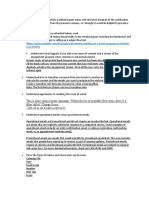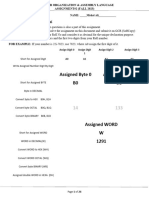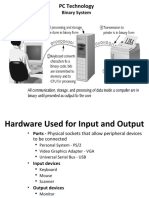0% found this document useful (0 votes)
23 views7 pagesData Engineer
The document provides an overview of key concepts in Data Engineering, including the differences between Data Engineering and Data Science, data pipelines, ETL vs. ELT, and the architecture of modern data lakes. It discusses challenges in designing scalable data pipelines, the role of Apache Airflow, and the importance of data quality, lineage, and fault tolerance. Additionally, it covers advanced topics like Data Mesh, the CAP theorem, and schema evolution, highlighting their significance in modern data architectures.
Uploaded by
agriculture19092002Copyright
© © All Rights Reserved
We take content rights seriously. If you suspect this is your content, claim it here.
Available Formats
Download as DOCX, PDF, TXT or read online on Scribd
0% found this document useful (0 votes)
23 views7 pagesData Engineer
The document provides an overview of key concepts in Data Engineering, including the differences between Data Engineering and Data Science, data pipelines, ETL vs. ELT, and the architecture of modern data lakes. It discusses challenges in designing scalable data pipelines, the role of Apache Airflow, and the importance of data quality, lineage, and fault tolerance. Additionally, it covers advanced topics like Data Mesh, the CAP theorem, and schema evolution, highlighting their significance in modern data architectures.
Uploaded by
agriculture19092002Copyright
© © All Rights Reserved
We take content rights seriously. If you suspect this is your content, claim it here.
Available Formats
Download as DOCX, PDF, TXT or read online on Scribd
/ 7



















































































